 Halfway through our France trip, I started keeping track of the cheeses we tried. I come from a family of cheese-lovers, but I’m afraid I’m not all that educated about cheeses. I tend to stick with my favorites, but lately I’ve been thinking I should get a book on cheeses of the world so I can educate myself a bit on the topic (should’ve done this before the trip!). I’d love to try my hand at making some in the future (I’ve had this recipe bookmarked forever), and I love Little Brown Pen’s idea of a weekly cheese night with friends to sample and learn about different cheeses. If anything, though, I can at least start with being more adventurous with the cheeses I try and being better about documenting them. So, below I give you the cheeses that we sampled in France. Sorry I don’t have pictures for everything… Next time, I will plan better! Crottin We saw crottins everywhere in France! This goat cheese comes in thick, small rounds usually about the size of an apricot. The texture is somewhat hard and crumbly. When we tasted this after we got it from the markets, it had a mild goat flavor. But I also brought some back to the U.S. with me, and it surprisingly lasted quite a few weeks and definitely got quite strong as time went on.
Halfway through our France trip, I started keeping track of the cheeses we tried. I come from a family of cheese-lovers, but I’m afraid I’m not all that educated about cheeses. I tend to stick with my favorites, but lately I’ve been thinking I should get a book on cheeses of the world so I can educate myself a bit on the topic (should’ve done this before the trip!). I’d love to try my hand at making some in the future (I’ve had this recipe bookmarked forever), and I love Little Brown Pen’s idea of a weekly cheese night with friends to sample and learn about different cheeses. If anything, though, I can at least start with being more adventurous with the cheeses I try and being better about documenting them. So, below I give you the cheeses that we sampled in France. Sorry I don’t have pictures for everything… Next time, I will plan better! Crottin We saw crottins everywhere in France! This goat cheese comes in thick, small rounds usually about the size of an apricot. The texture is somewhat hard and crumbly. When we tasted this after we got it from the markets, it had a mild goat flavor. But I also brought some back to the U.S. with me, and it surprisingly lasted quite a few weeks and definitely got quite strong as time went on. 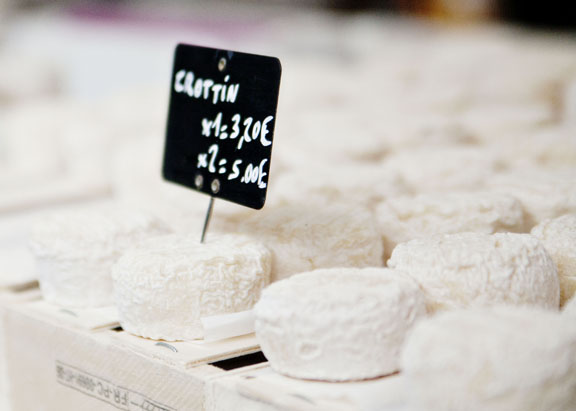 Tomme Tomme is a type of semi-hard cheese produced in the French Alps and Switzerland. There are many different types of tommes, the most famous being Tomme de Savoie (which sadly we did not try). We had several kinds, and my favorite was tomme de brebis, a sheep’s milk tomme, for its subtle flavor. St. Marcellin This was one of my lesser favorites. It’s a soft cheese, but I found it to be rather bland for me. I liked the soft, smooth texture but kept wanting more flavor. It may have just been the particular round I got, but I tried it again somewhere else and still felt the same.
Tomme Tomme is a type of semi-hard cheese produced in the French Alps and Switzerland. There are many different types of tommes, the most famous being Tomme de Savoie (which sadly we did not try). We had several kinds, and my favorite was tomme de brebis, a sheep’s milk tomme, for its subtle flavor. St. Marcellin This was one of my lesser favorites. It’s a soft cheese, but I found it to be rather bland for me. I liked the soft, smooth texture but kept wanting more flavor. It may have just been the particular round I got, but I tried it again somewhere else and still felt the same. 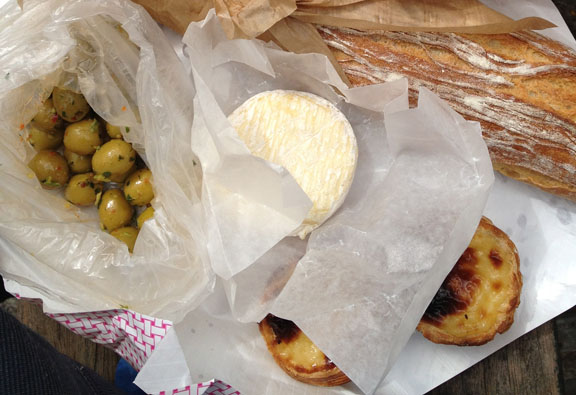 Curé Nantais This was a semi-soft cheese we picked up at the market in Aix-en-Provence. It has a bit of a fermented, winey flavor.
Curé Nantais This was a semi-soft cheese we picked up at the market in Aix-en-Provence. It has a bit of a fermented, winey flavor.
Chèvre Frais and Chèvre Sec We had fresh goat cheese (chèvre frais) both plain and encrusted in herbs. We also tried a dried goat cheese (chèvre sec) for the first time. We got one that was in the shape of a cylinder and had a dark gray crust. The dried goat cheese was quite hard and took a bit of effort to cut into. It wasn’t necessarily stronger than the fresh, though. Burrata Not a French cheese, but when I saw that Delitaly, the little Italian shop on rue Montorgueil, had fresh burrata, of course I had to get some. This is a very popular cheese and one of my all-time favorites. But who doesn’t like burrata… it’s soft, creamy, and has the most fragrant, subtle, fresh taste. It’s actually a soft mozzarella with cream in the middle. Burrata is Italian for “butter,” so I think that pretty much sums it up. :) Mimolette This is one of my cousin’s favorite cheeses, and I’d never had it before so we decided to try some. I guess it’s a bit like a French cheddar, with the same bright orange color and fudgey texture.  Brie, Camembert, Roquefort, and Rondelé These cheeses don’t need much introduction. I just went to Monoprix’s cheese section and picked up a bunch of typical French cheeses to snack on throughout the week. I tried to look for brands not available in the U.S. None of the Camembert I’ve had in the U.S. has ever come close to the real thing, so I definitely made sure to get that. Époisses I’ve never tried this infamous French cheese and knew that I needed to on this trip. Époisses is made in the Burgundy region and is a soft cow’s cheese that’s been washed in brandy. It is famous for being incredibly stinky and is what Brillat-Savarin called “the king of all cheeses.” The lady at La Fermette (on rue Montourgueil), where we bought this, told us to spread it on very thinly and to try to eat it within two days, as after that it gets unbearably strong. Well, we took this back to the apartment for a try and, cheese lovers that we are, we actually did not find the Époisses to be too bad. The only cheese that’s been too stinky for me so far has been a Mexican cheese my mom’s friend got us in Arizona. We all agreed that the Époisses was fine, but as far as strong cheeses go, we prefer ones like la Tentation (see next).
Brie, Camembert, Roquefort, and Rondelé These cheeses don’t need much introduction. I just went to Monoprix’s cheese section and picked up a bunch of typical French cheeses to snack on throughout the week. I tried to look for brands not available in the U.S. None of the Camembert I’ve had in the U.S. has ever come close to the real thing, so I definitely made sure to get that. Époisses I’ve never tried this infamous French cheese and knew that I needed to on this trip. Époisses is made in the Burgundy region and is a soft cow’s cheese that’s been washed in brandy. It is famous for being incredibly stinky and is what Brillat-Savarin called “the king of all cheeses.” The lady at La Fermette (on rue Montourgueil), where we bought this, told us to spread it on very thinly and to try to eat it within two days, as after that it gets unbearably strong. Well, we took this back to the apartment for a try and, cheese lovers that we are, we actually did not find the Époisses to be too bad. The only cheese that’s been too stinky for me so far has been a Mexican cheese my mom’s friend got us in Arizona. We all agreed that the Époisses was fine, but as far as strong cheeses go, we prefer ones like la Tentation (see next).  La Tentation de Saint-Félicien This was the first cheese we bought at the fromagerie near the Marché Aligre, and it ended up being my cousin’s favorite and almost mine too (I’ll get to what beat it out for me in a bit :). It’s a double cream but tastes like it ought to be more, since the consistency is quite liquidy and gooey. It’s made from raw whole cow’s milk and has a soft rind. My favorite part about it is that there is a bit of blue mold throughout the rind, so you get this strong blue-cheese-like flavor but with a soft core. Pretty wonderful.
La Tentation de Saint-Félicien This was the first cheese we bought at the fromagerie near the Marché Aligre, and it ended up being my cousin’s favorite and almost mine too (I’ll get to what beat it out for me in a bit :). It’s a double cream but tastes like it ought to be more, since the consistency is quite liquidy and gooey. It’s made from raw whole cow’s milk and has a soft rind. My favorite part about it is that there is a bit of blue mold throughout the rind, so you get this strong blue-cheese-like flavor but with a soft core. Pretty wonderful.  Pérail de Brebis This was my favorite of the trip. I became quite enamored with sheep’s milk cheeses during our two weeks in France. I usually overlook sheep’s milk cheeses — I guess they kind of get lost between cow and goat. But the nice thing about sheep being in between is that it’s got a touch of that gamey flavor that goat does, but is more subtle and subdued. The Pérail is a semi-soft cheese, like Camembert, with a nice, smooth texture. What I love about it is that it is mild but with a very fresh and fragrant flavor. You can read more about it here. I also brought some of this home with me and was sure glad I did. I’ll definitely be on the hunt for some Pérail here in DC.
Pérail de Brebis This was my favorite of the trip. I became quite enamored with sheep’s milk cheeses during our two weeks in France. I usually overlook sheep’s milk cheeses — I guess they kind of get lost between cow and goat. But the nice thing about sheep being in between is that it’s got a touch of that gamey flavor that goat does, but is more subtle and subdued. The Pérail is a semi-soft cheese, like Camembert, with a nice, smooth texture. What I love about it is that it is mild but with a very fresh and fragrant flavor. You can read more about it here. I also brought some of this home with me and was sure glad I did. I’ll definitely be on the hunt for some Pérail here in DC.
For more posts on France, see…
Eating in Paris
Not Eating in Paris
The Bastille Quarter
Bistrot Paul Bert
Markets (Paris)
Aix-en-Provence
Markets (Provence)
(La Vraie) Bouillabaisse in Marseille
Provençal Specialties in Nice

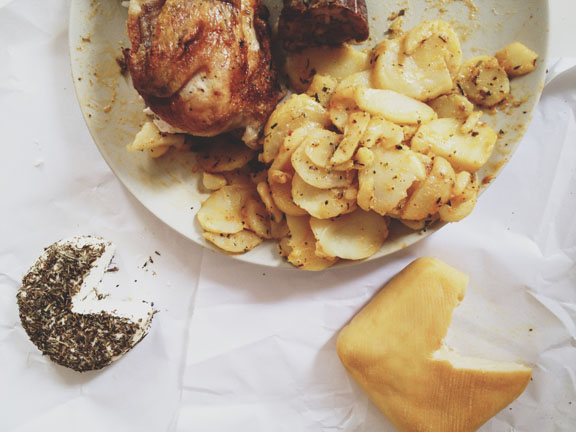

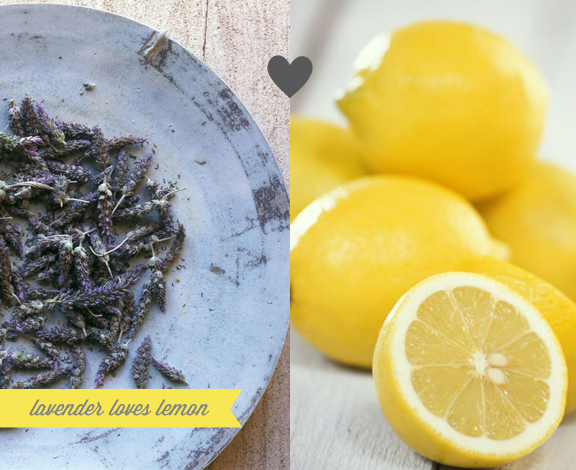








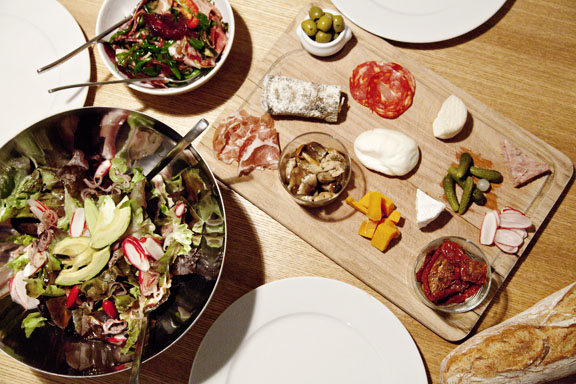











Connect with us